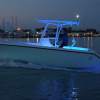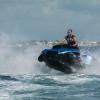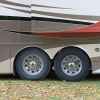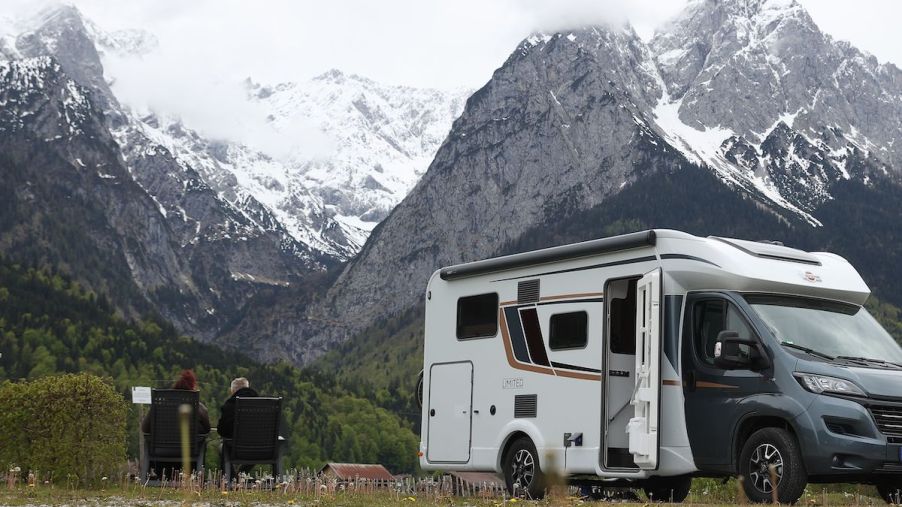
Everything You Need to Know About RV Setup
‘Tis the season for adventurous road trips, breathtaking nature views, and the great outdoors. It’s RV season, and millions of Americans are gearing up to hit the road. Whether you’re a first-timer or a seasoned veteran, here’s everything you need to know about RV setup. Let this be your ultimate checklist for when you pull into your campground parking spot.
RV ownership can be intimidating
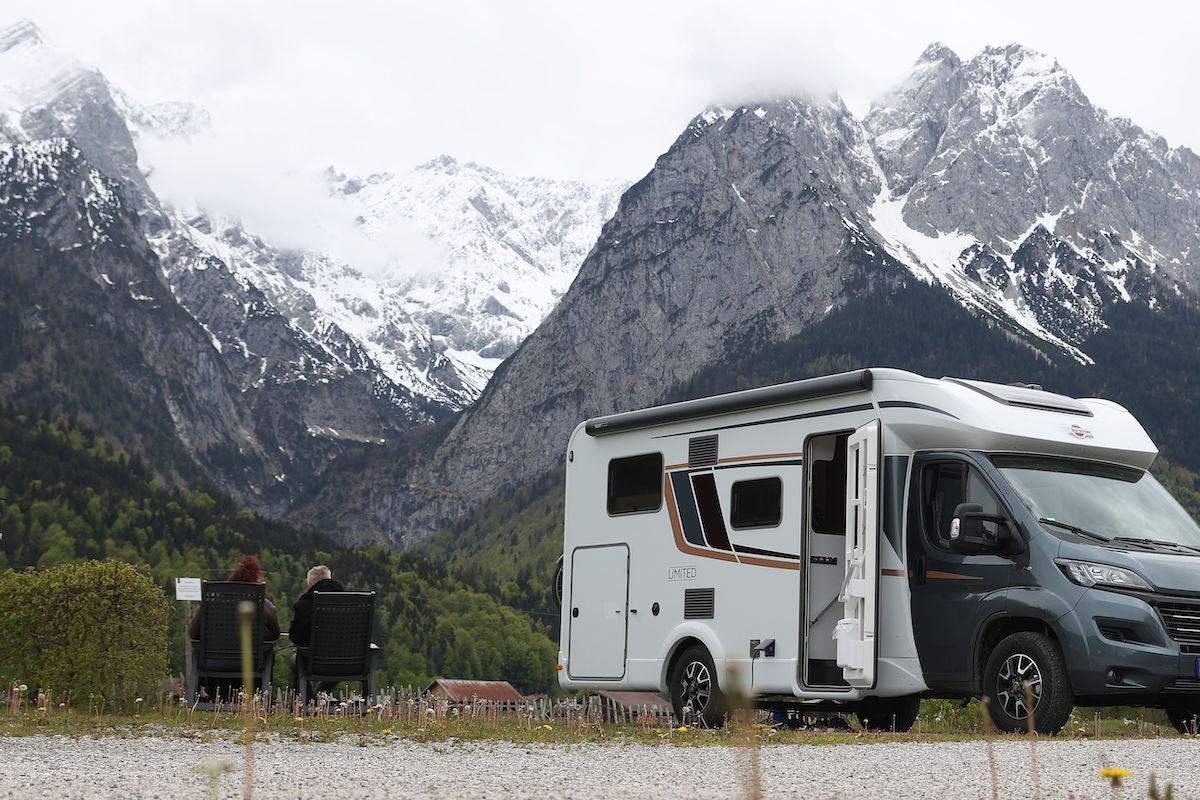
When you bought your RV, everything happened so fast at the dealership. You were likely excited about your purchase and the adventures to come. So when the salesperson ran through the list of how to set up your camper, you might not have retained every detail.
Figuring out how to hitch to and drive an RV can be challenging enough. But there are mission-critical steps for RV setup that you’ll need to practice every time. Instead of falling down the rabbit hole of online tutorials and searches, here’s a one-stop to-do list you can print or screenshot and keep with you. Reference this reminder list before you park your RV and set up for the night.
RV setup checklist
- Walk around your site. Before pulling your RV into its space, ensure the parking area is free of debris, glass, or other tire-damaging hazards. Bonus tip: Glamper Life suggests keeping an electric leaf blower in your RV to clear your space of leaves and branches quickly.
- Find your RV’s hookups. If you don’t remember, you’ll need to get out and verify which side your hookups are on before you park. You’ll need to get your RV close enough to reach.
- Park your vehicle. Take as many tries as needed, especially if you’re backing into a space. You’ll need to be sure you have enough room for slide-outs too. And once you’ve parked, chock your wheels. RV Lifestyle reminds motorists to remember to set the emergency brake. The dealer might have provided standard wheel chocks with your purchase. But stabilizing chocks can also keep your rig from swaying or tilting.
- Now it’s time to rough-level your RV. Walk around and check the overall leveling. You can use leveling blocks to achieve the desired level.
- You’re ready for the jacks. Once your vehicle is in the ideal position, reaches all necessary hookups, and is completely level, you can put your RV jacks down.
Connecting and hooking up your essentials
Once you’re parked and leveled, follow this list of hookup steps to plug in and enjoy your RV’s amenities:
- Start with the electric. If you have a breaker accessible, you’ll want to turn that off first. Then you can connect electricity to your RV by plugging in the receptacle and turning the breaker back to its on position.
- Next, connect your water hookups. Make sure all water spigots throughout your RV are off. Then you can connect to the water source.
- Third, dial in your sewer connections. Ensure your black and gray water valves are closed. You can open them when you’re ready to dump wastewater. Remember that when dumping, you release the black water first and then the gray water to flush.
- Hook up your TV or cable if you have it.
- Pop out your RV’s slides if applicable.
- Set up your interior for ultimate relaxation. Get all your appliances and toiletries out to set up your living space. Unpack your belongings and make the beds. Now is also the time to set up the awning and outdoor grilling essentials.
Equipment you’ll need for your RV
Following these RV setup steps is possible only if you have all the necessary equipment. And your connections will need to be in good working order. Before starting your trip, create a checklist to ensure you have everything you need to execute the steps above.
Additional equipment that can be helpful during RV setup includes a water pressure regulator to ensure you don’t overpower your vehicle’s water capability. Veterans also recommend using downhill hose supports for wastewater flow. Also, consider having an extra fresh water hose, a surge protector, a fuse kit, and jack pads.
With this RV setup checklist, you’re well on your way to enjoying your camper this season.
